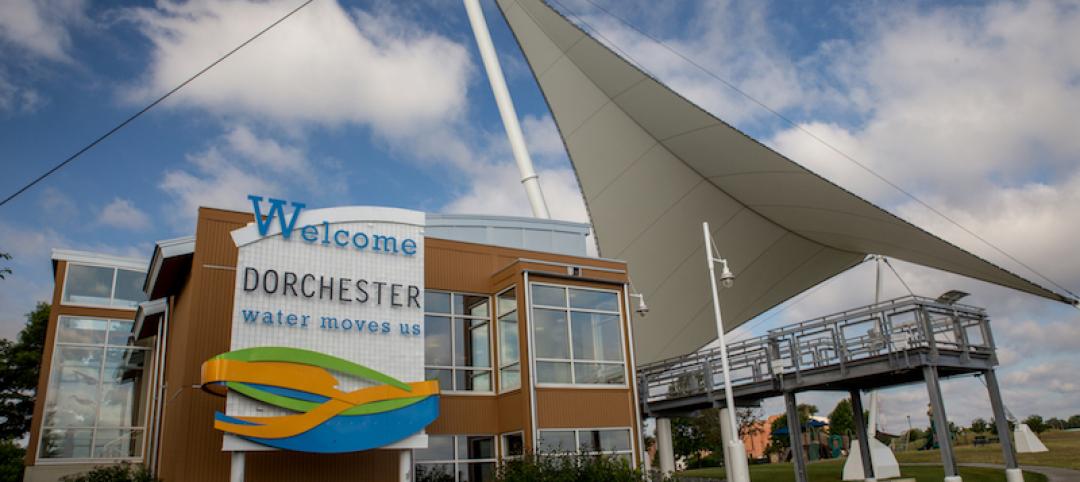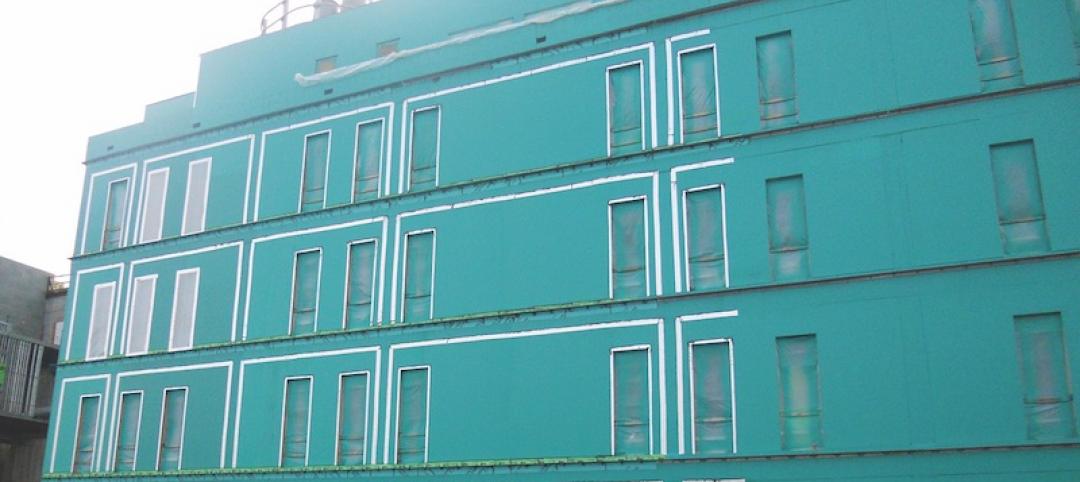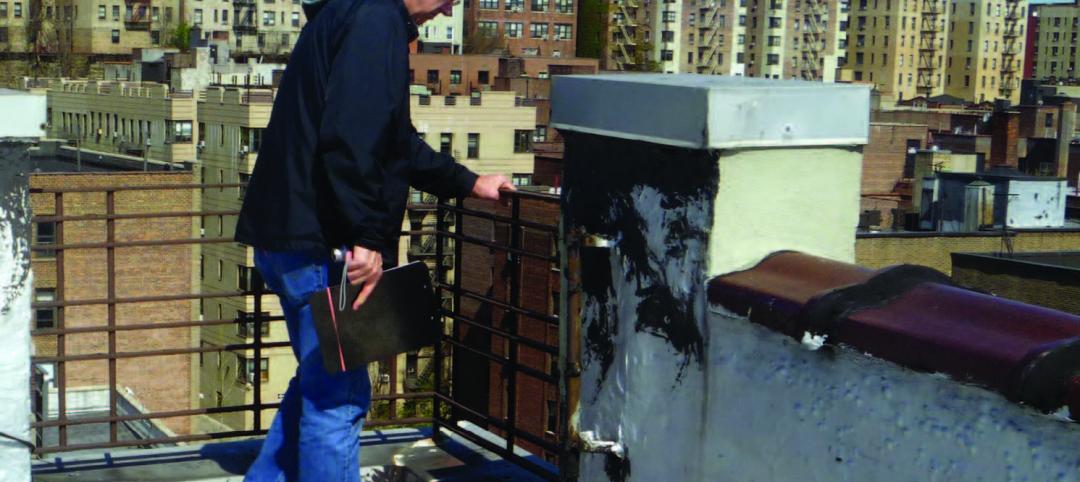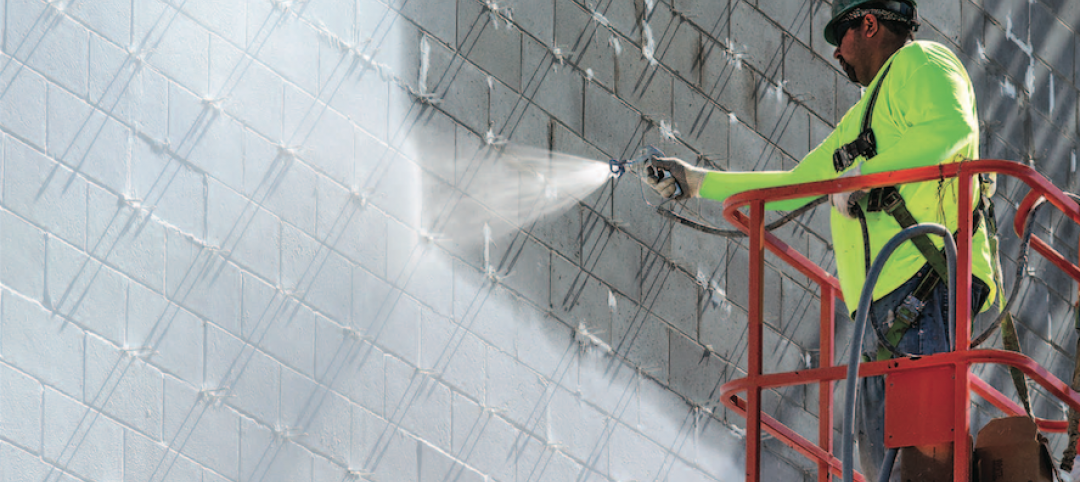For architects looking to design sustainable buildings—especially in healthcare—smart technologies and renewable energy might be top of mind. But often overlooked, and perhaps the most important to get right from the outset, is designing an energy-efficient building enclosure.
“The sexy things are solar panels and windmills on your roof and vegetative roofs—and those are cool things—but the best bang for your buck is to make the building envelope as efficient as possible right from the beginning,” says Gale Tedhams, director of sustainability at Owens Corning. “The building envelope is your foundation for good energy efficiency.”
Since there are no real do-overs with the building envelope in any market sector, it’s important that AEC teams carefully plan their designs and select the right products. With the added goal of meeting at least one of the many green building certifications and standards in the industry, this process becomes more complex.
Architects looking for products created with sustainable materials can seek out Greenguard, Living Product Challenge, and Cradle to Cradle Material Health certifications, among others. Architects that are designing sustainable healthcare facilities can also turn to resources like the Green Guide for Healthcare, which offers tools and guidelines for designing green healthcare buildings.
Tedhams says at Owens Corning, building science experts are available to help builders navigate sustainability questions and figure out what the right solutions are for their specific projects and desired outcomes. The company also produces environmental product declarations (EPDs) that lay out the materials, certifications, and environmental impacts of products. “We make sure that we have the documentation and the transparency information for our products that's going to meet the needs of the criteria for a wide range of building programs,” Tedhams said.
Along with environmental impacts, sustainable building standards account for the impact of buildings on the health and well-being of occupants. Building envelopes play a significant role in this, as factors like indoor air quality and ventilation, acoustics, daylighting, and fire resistance are all of concern, especially in healthcare facilities where health is a priority.
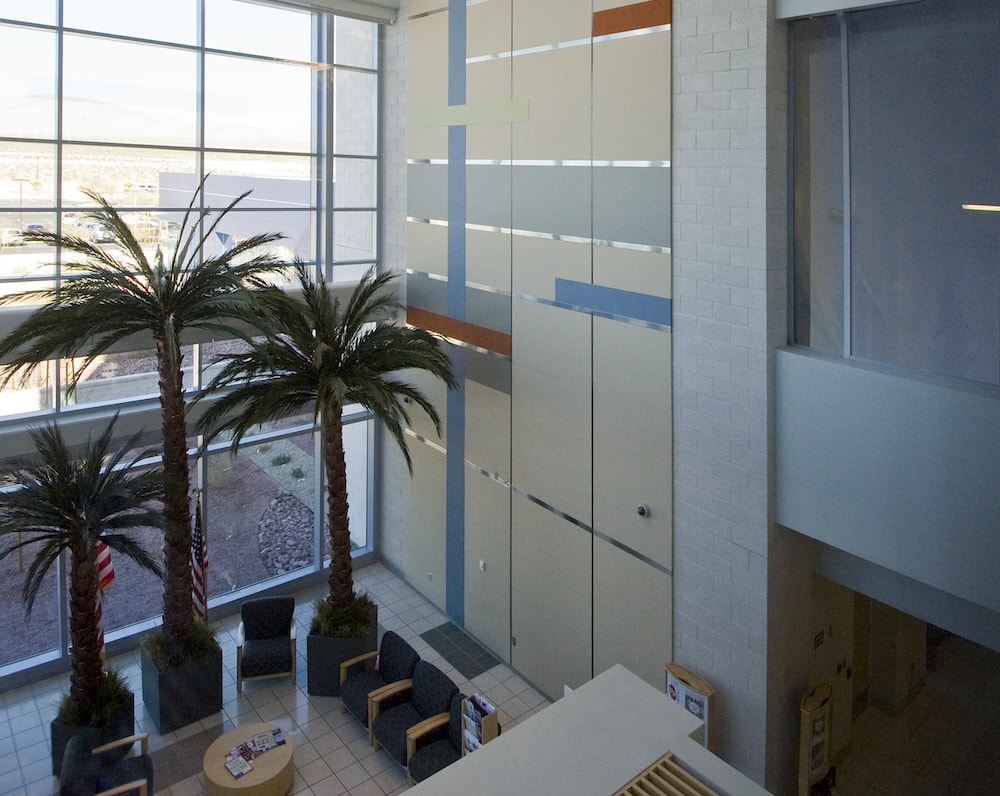
From LEED to the Living Building Challenge to WELL, each sustainable building standard sets its own requirements for indoor air quality, acoustics, and thermal comfort. LEED v4 for Building Design and Construction has comprehensive requirements for air quality, which cover entryway systems, filtration, interior cross-contamination prevention, and more.
The LEED guideline also outlines rules for low-emitting materials, which must meet 100 percent of the compliance threshold in the area of building envelope materials. For healthcare buildings, there are additional requirements, including that batt insulation products can’t contain any formaldehyde.
LEED also offers LEED for Healthcare, which generally mirrors regular LEED requirements while tailoring guidelines to the unique demands and regulations of healthcare buildings. Areas of concern unique to this design sector include 24/7 operations, patient privacy, chemical use, and infection control requirements.
WELL has around 29 separate guidelines relating to air quality alone, with delineations for areas including microbe and mold control, healthy entryways, humidity control, air infiltration management, and toxic material reduction.
Similar to LEED, WELL’s guidelines limit the presence of formaldehyde in building materials. Companies like Owens Corning are expanding their offerings to provide additional formaldehyde-free options. Last year, the company introduced the first formaldehyde-free mineral wool insulation for the North American market, Thermafiber® SAFB™ Formaldehyde-Free. In 2018, the company intends to further expand its formaldehyde-free mineral wool product offerings.
“Our formaldehyde-free product is especially appropriate to achieve green building standards because now it brings the fire safety aspect of mineral wool insulation combined with indoor air quality into the healthcare sector,” says Stephanie Maxson, product manager at Owens Corning.
The Thermafiber® formaldehyde-free line has the International Living Future Institute’s Declare label and Greenguard Gold certification. The line provides acoustical control, thermal performance, and fire protection while not introducing harmful chemicals into the air.
Ultimately, as the green building industry continues to grow, so will the need for products that help architects meet guidelines and performance goals for sustainable design. AEC teams looking to stay relevant can look to manufacturers for transparency information as well as online databases and green building guidelines to help make good choices for a sustainable world.
Related Stories
Sponsored | Building Enclosure Systems | Oct 22, 2018
Effective water management building materials are essential for harsh weather events
The building envelope plays a crucial in protecting projects from excess moisture, mold, and rot.
Sponsored | Building Enclosure Systems | Jul 16, 2018
Building for Efficiency: Systems Approaches Boost Profitability
BD+C University Course | May 24, 2018
Accommodating movement in building envelope materials [AIA course]
We may think of the building envelope as an inanimate object, but in reality its components can be quite mobile. This AIA CES course is worth 1.0 AIA LU/HSW.
BD+C University Course | Apr 12, 2018
Meeting the demand for high-efficiency façades [AIA course]
On a national scale, the impetus to improve building energy performance is manifest in the latest and most far-reaching model energy code from the International Code Council.
75 Top Building Products | Mar 21, 2018
101 Top Products: Building Envelope 2018
Among the best building envelope products included in BD+C's Top 101 Products report are Eldorado Stone's GenFlex EPDM Adhesive, Henry Company's Henry Restoration System, and Dryvit's NewBrick Brick System.
Products and Materials | Dec 20, 2017
Liquid air barrier goes on, rain or shine
The silyl-terminated polyether (STPE) liquid-applied air barrier does not wash off when exposed to light rain following application.
Building Enclosure Systems | Jul 26, 2017
Balcony and roof railings and the code: Maintain, repair, or replace? [AIA course]
Lacking familiarity with current requirements, some owners or managers complete a roof or balcony rehabilitation, only to learn after the fact that they need to tear noncompliant railings out of their new roof or terrace and install new ones.
Building Enclosure Systems | Dec 12, 2016
The 100-year enclosure: Strategies for heat-air-moisture control
Should institutional and commercial buildings be built to last 100 years? Why not? There are plenty of examples that have performed well for a century or more.
Building Enclosure Systems | Apr 12, 2016
Water Vapor Migration 101 [AIA course]
This course will describe how to select vapor retarders to control moisture migration and prevent condensation within the building enclosure. To earn 1.0 AIA CES HSW learning units, study the article carefully and take the exam.



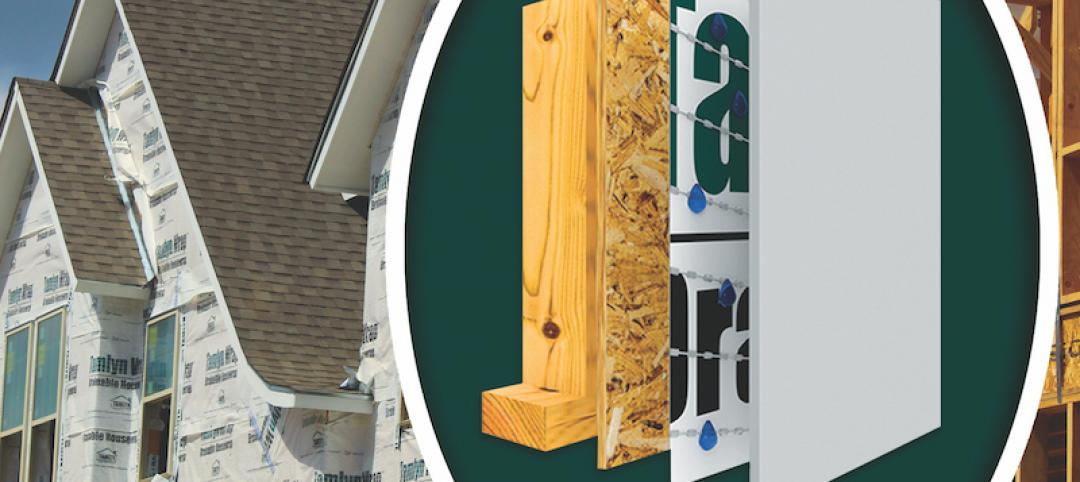
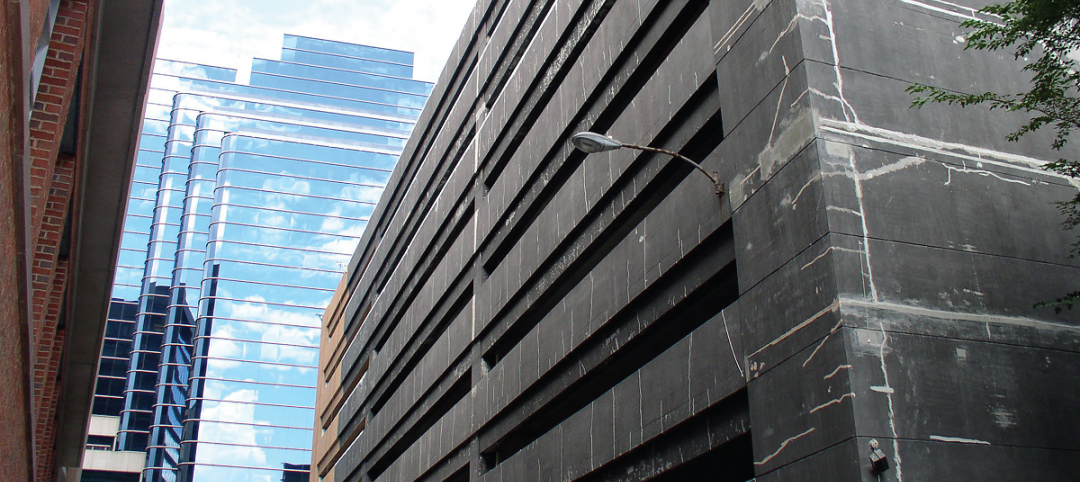
![Meeting the demand for high-efficiency façades [AIA course] Meeting the demand for high-efficiency façades [AIA course]](/sites/default/files/styles/list_big/public/AIA_BDC1217.jpg?itok=SOjPFpxR)
